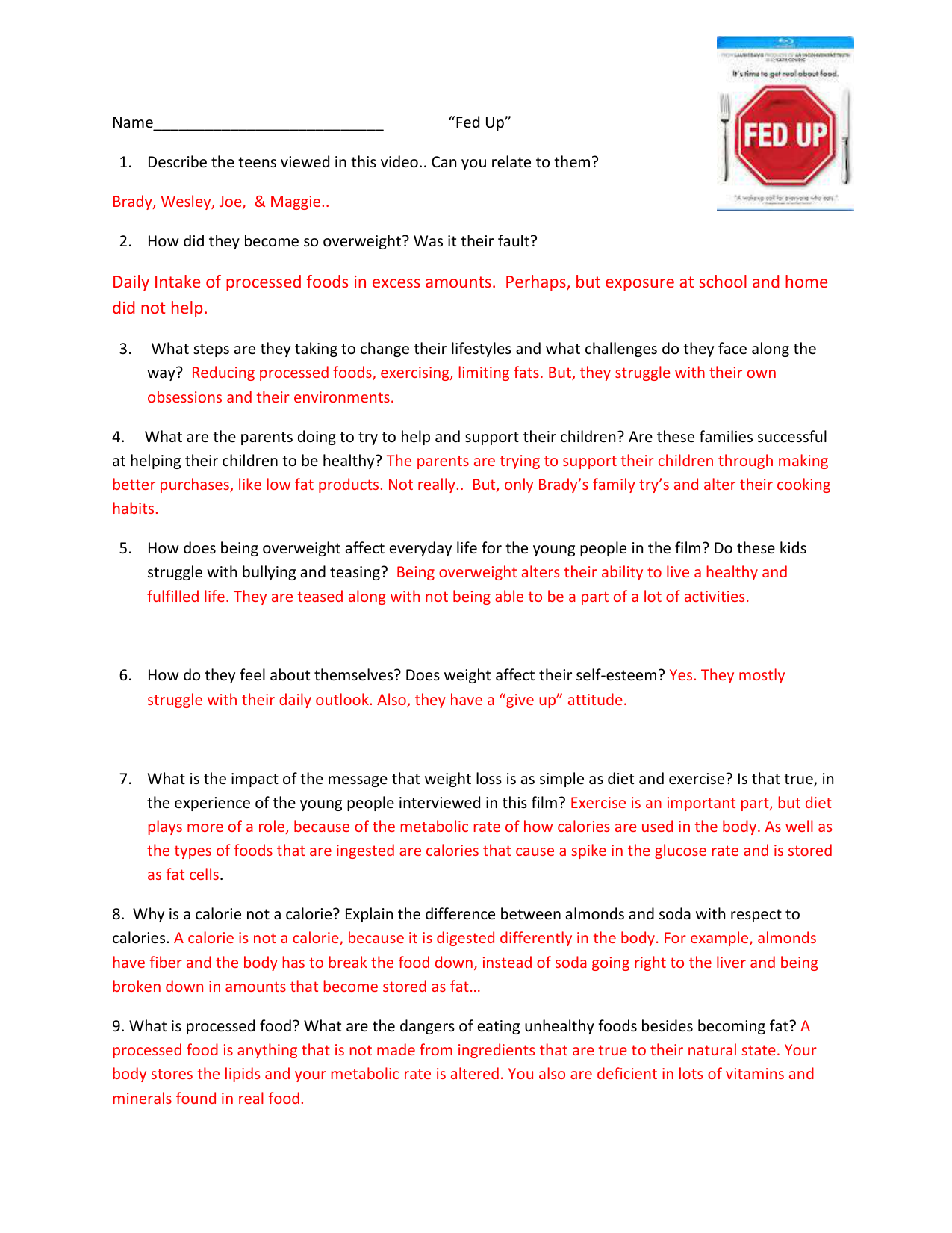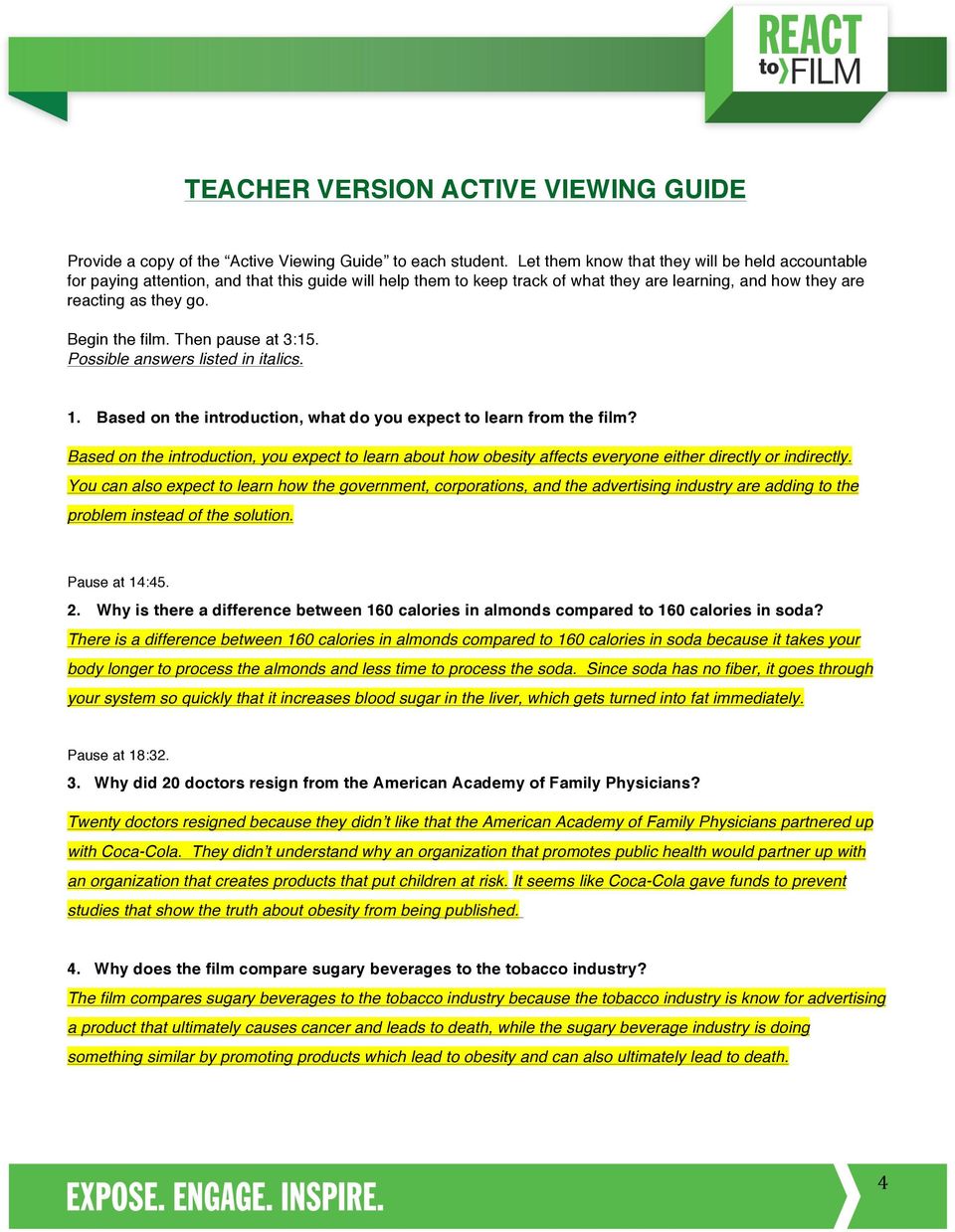Advertisement
Advertisement
Advertisement
Advertisement
]]>
To change the default variety of worksheets, navigate to Backstage view, click on Options, then select the specified variety of worksheets to incorporate in each new workbook. Excel worksheets are toolsets for creating and storing charts, which allow you to simply spot patterns in your business’ sales and other data. The “Insert” tab holds a gallery of chart varieties for single-click creation of a chart from that data. Creating a quarterly sales chart, for instance, starts with entering knowledge in a desk with the columns Quarter and Net Sales. Selecting the finished table, and then choosing a chart kind from the Insert tab’s Charts group, yields the completed sales chart. An Excel worksheet is a grid that may comprise pictures and embedded objects from different purposes, and whose cells can store and calculate formulas and information.
Many Excel users typically must insert a column within the worksheet to organize or manipulate their information. Many Excel users usually must insert a row within the worksheet to arrange or manipulate their data. Excel permits the consumer to maneuver and locate their worksheet in any order. Click on your worksheet sheet tab and drag it to your most well-liked location.


Select the first worksheet you need to include within the worksheet group. If you need to prevent particular worksheets from being edited or deleted, you’ll be able to protect them by right-clicking the specified worksheet and choosing Protect Sheet from the worksheet menu. Click and drag the worksheet you need to transfer until a small black arrow seems above the desired location. Right-click the worksheet you need to rename, then choose Rename from the worksheet menu. It could have the identical title as the unique worksheet, as well as a version quantity.
If you wish to verify the entire worksheet from start to end, transfer to the primary cell. Otherwise, transfer to the location the place you want to begin checking. Or, if you wish to verify a portion of the worksheet, select the cells you want to check.

In this case, clicking Replace replaces every prevalence of that text in the entire cell. Type the alternative textual content precisely as you want it to appear. If you need to set any superior choices, click the Options button (see the earlier sections "More Advanced Searches" and "Finding Formatted Cells" for more on your choices). The Replace tab looks fairly similar to the Find tab. The only difference is that you simply also have to specify the textual content you need to use as a substitute for the search terms you discover.
A worksheet is the grid of columns and rows that data is inputted into. In many spreadsheet functions one file — called a workbook — can include a number of worksheets. Worksheets can be named utilizing the sheet tabs of the underside of the spreadsheet window.
Be cautious to remember the magnified power your keystrokes possess when you're operating on grouped worksheets. For example, imagine that you just transfer to cell A3 on Sheet1, which happens to be empty. However, if cell A3 incorporates knowledge on different worksheets that are grouped, these cells are actually empty. Names aren't the only thing you’ll have the ability to change in terms of newly added worksheets.
Fed Up Worksheet Answer Key
Features like conditional expressions, functions to operate on textual content and numbers are also out there in spreadsheets. Calculations could be automated, and spreadsheets are generally easier to make use of than different data processing applications. If you need to delete a quantity of cells, choose the cell range and press the Delete key. Type in the desired knowledge into the selected cell, then click on the enter button or move your cursor to another cell.
Such software program is usually utilized by academics to make classroom supplies and tests. Worksheet generators may be loaded on local computers or accessed by way of a web site. There are also many worksheet mills which are obtainable on-line.
The “Find and Replace" window seems, with the Find tab chosen. Excel searches one cell at a time, from left-to-right. When it reaches the tip of a row, it strikes to the primary column of the following row. When you're coping with nice mounds of data, you could have a troublesome time ferreting out the nuggets of information you need. Fortunately, Excel's find feature is great for serving to you locate numbers or textual content, even when they're buried inside large workbooks holding dozens of worksheets.

0 Comments